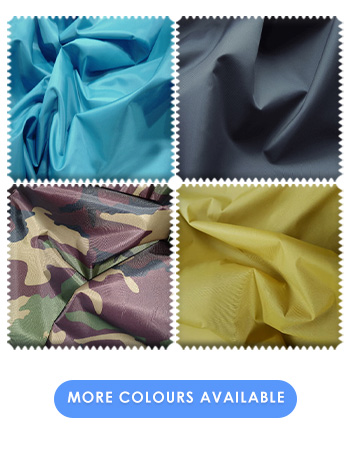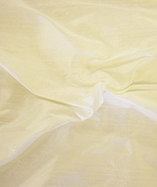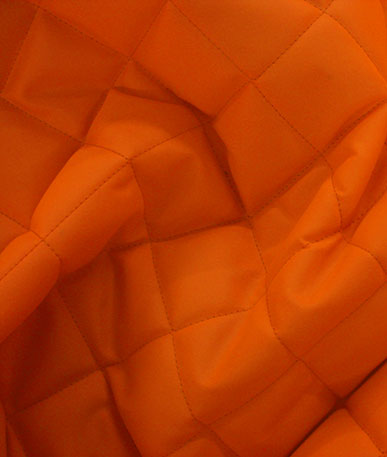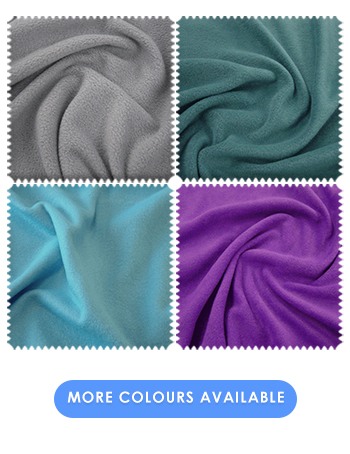| For Help & Orders call us on : 0121 359 2349 | Deliveries delays & Information read here |
Lycra
Lycra (called “spandex” in most of the U.S. and “elastane” in many parts of Europe) is a type of fabric made from synthetic fibers derived from polyurethane. Invented in 1959 by chemists based in Virginia, Lycra has become a major player in the production of garments and other products around the world, largely thanks to its useful physical properties.
Physical Properties of Lycra
A synthetic version of latex, Lycra is known for its extreme strength and stretchiness. In many cases, Lycra can be stretched to 500 percent of its original size without losing shape or texture; despite this property, spandex fabric remains lightweight. In addition, it has a silky appearance and feels smooth against the skin. It can easily be dyed virtually any color and, when sewn into clothing, helps eliminate drooping. Oils from the human body, lotion, perfumes, and other beauty products do not cause staining or discoloration on Lycra.
From the viewpoint of garment producers, Lycra also offers many benefits: its polymer structure prevents it from showing holes from needle marks, making it easier to sew with and smoother-looking than comparable materials. Further, Lycra comes in a wide range of fiber widths (deniers), which allows producers to create materials of varying fineness for diverse uses.
Common Uses of Lycra
In clothing, Lycra is often used when flexibility and comfort are at a premium: in athletic gear, such as leggings, in bathing suits, and in hosiery, Lycra is frequently present. Garments typically worn by competitive cyclists and ballerinas, too, often contain Lycra.
This fabric is also found in garments meant to provide support to the wearer, including support hose, compression gear, brassieres, wrestling outfits, and orthopedic braces. Disposable diapers, too, often have some Lycra content.
Lycra Blends
While Lycra is highly versatile and adaptable, it is almost always used as part of a textile blend with wool, cotton, and/or polyester. Garments with as little as two percent Lycra possess the characteristic stretchiness, resilience, and durability of this fabric.
Care of Lycra Garments
While Lycra garments have the potential to last for many years, they can be damaged by improper care. Washing them on gentle cycle or by hand is preferred, and they should be hung dry or machine dried on a very cool setting. Chlorine bleaches are to be avoided, and ironing, if necessary at all, should be done as quickly as possible to preserve the fabric’s shape and properties.
































